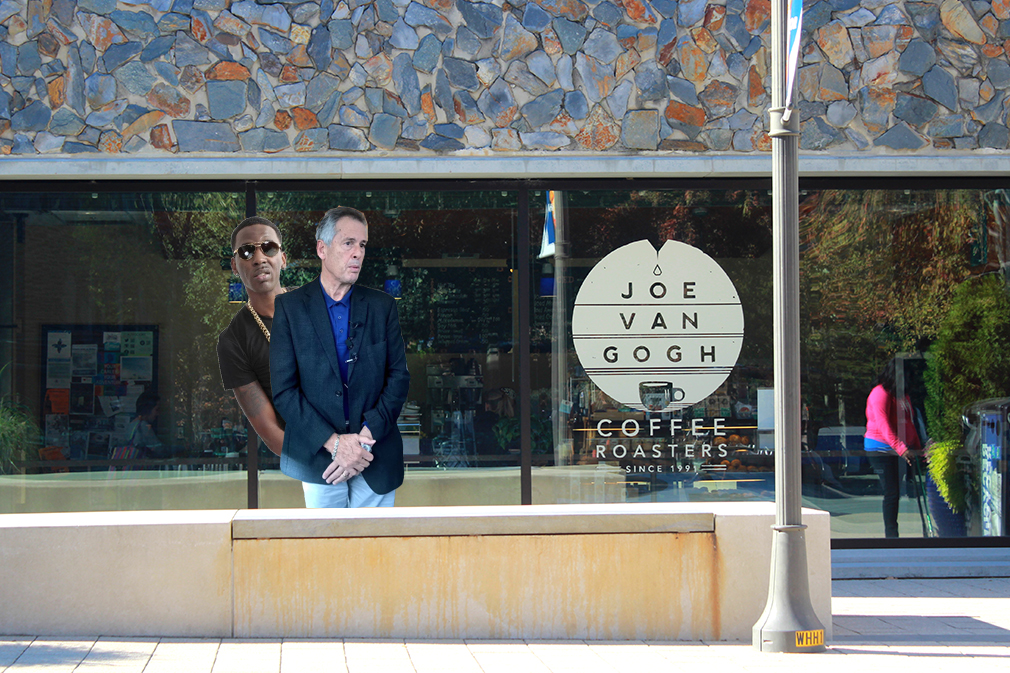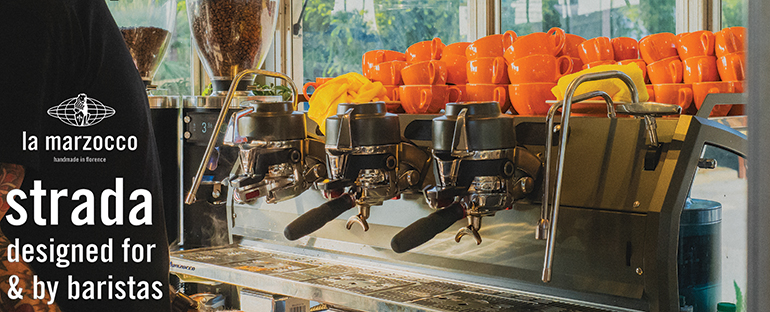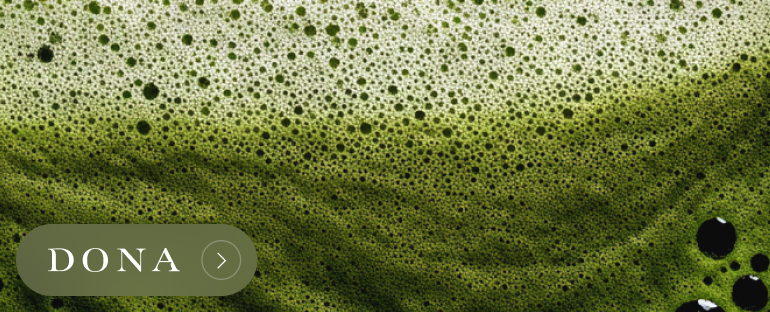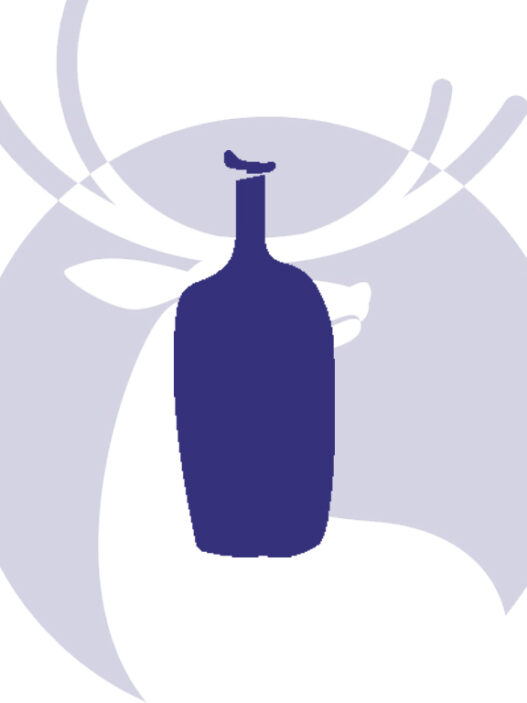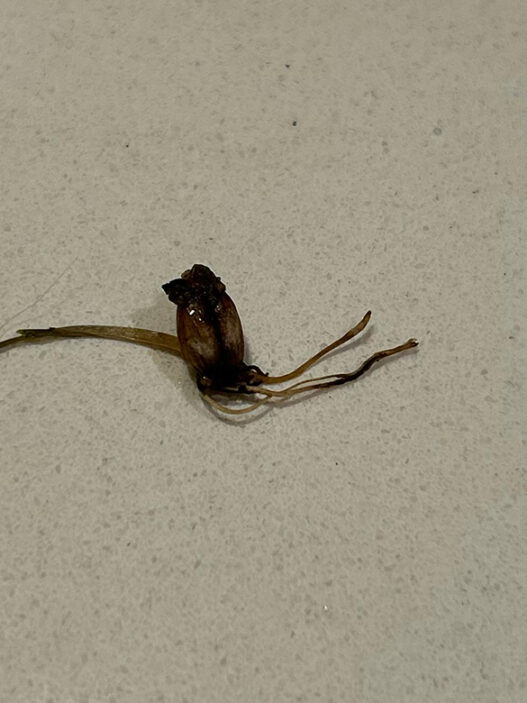
When I first saw João Pedro David’s farm, it was hard to understand. For me, having grown up the daughter of a monoculture-conventional coffee farmer in Minas Gerais, Brazil, David’s land looked more like a forest than a farm, with some Yellow Catuaí coffee trees dotted here and there.
But with time, David made his case, and explained the symbiotic relationship between coffee and the various species of fruits and vegetables native to our Mantiqueira region he had chosen to carefully plant here.
David’s vision for his Sítio Travessia farm is systemic and soil-focused—the ground here is always covered with mulch and organic material. And so it makes sense that it carries the look of a forest, which, after all, is really just an organic system of constant, dynamic soil-enrichment, with each species in an ecosystem contributing to the health of the whole.

On David’s land, coffee is seen as a plant whose growth is made possible by diligent pruning and the management of the health of the rest of its ecosystem. The coffee coexists with other plants throughout several phases of growth, thriving in the shade of fruit and timber trees.
But David’s coffee trees are not the only things that rely on an ecosystem for survival. In 2012, when he bought the piece of land in Itajubá, our hometown, that would become Sítio Travessia, he knew nothing about the Pedra Preta neighborhood in which it was located, nor had he ever considered using the land to cultivate coffee. That was, until his neighbors began reaching out to he and his wife, Claudia, about water, and specifically about a water shortage.
Apparently, there were springs located on the Davids’ land that could supply the whole of Pedra Preta. The want for water struck João as strange—how could a region with so many natural springs suffer shortages of the resource?

He joined RAMA (Mantiqueira Agroecological Network), in order to establish a proposal to develop Pedra Preta with the sustainable use of water at its forefront.
The Davids’ land would be a sort of model for the proposal, putting into practice conservation and water-use policies whose widespread adoption by the neighborhood would come later. As it turned out, evaluation of the Davids’ land found that the area was not only situated sensitively—its health was vital to the greater ecological health of Pedra Preta—but that it had potential for organic coffee cultivation.
So despite never having worked with coffee before, the Davids—João an architect and Claudia a former lawyer—found themselves the new owners of an experimental coffee farm.

“Our region is blessed with good elevation, well-defined rainy seasons, and suitable sun orientation toward the soil,” João says. “We understand that the agricultural viability of the Mantiqueira area is geared towards the cultivation of premium, special products that are well regarded due to their privileged origin and quality,” he adds, explaining that Sítio Travessia is suitable for growing olives, grapes, and berries, in addition to coffee.
Until this point, Sítio Travessia sort of makes sense. But what’s really remarkable about the farm is its utilization of an agroforestry model called syntropic farming, and its location in an area where monocultural coffee farming is the norm. In fact, Sítio Travessia is one of the first of a growing number of farms in Mantiqueira growing coffee syntropically.
The term syntropic farming was coined by Ernst Gotsch, a Swiss-Brazilian biologist who developed the concept of agricultural cultivation as a means of environmental regeneration—by listening to the native biome of the land, Gotsch and syntropic farming have converted over 1,000 acres of formerly degraded land throughout Brazil into productive, healthy forest.

João explains that soon after planting Sítio Travessia’s coffee trees, he and Claudia began experimenting with the techniques of syntropic agroforestry. The results came quickly and were so positive that it wasn’t long before Sítio Travessia was hosting events to share what they had learned with the local Mantiqueira community.
“This system enabled us to reconcile all our desires,” João says. “The regeneration of the forest takes place in a highly productive fashion, improving soil, water, and food production, while integrating we human beings into the natural system, and serving as a vehicle for community integration.”
Not far from Itajubá, in Santa Rita do Sapucaí, I met Iracema Bonomini and her husband, Braulio Garcia, at their farm, Iraflor. The couple recently planted their first Catucaí Amarelo coffee trees—also members of the RAMA group, and with prior experience in organic and agroforestry farming, they’re excited about the fruits their work will bear. They, like the Davids, utilize syntropic farming techniques.
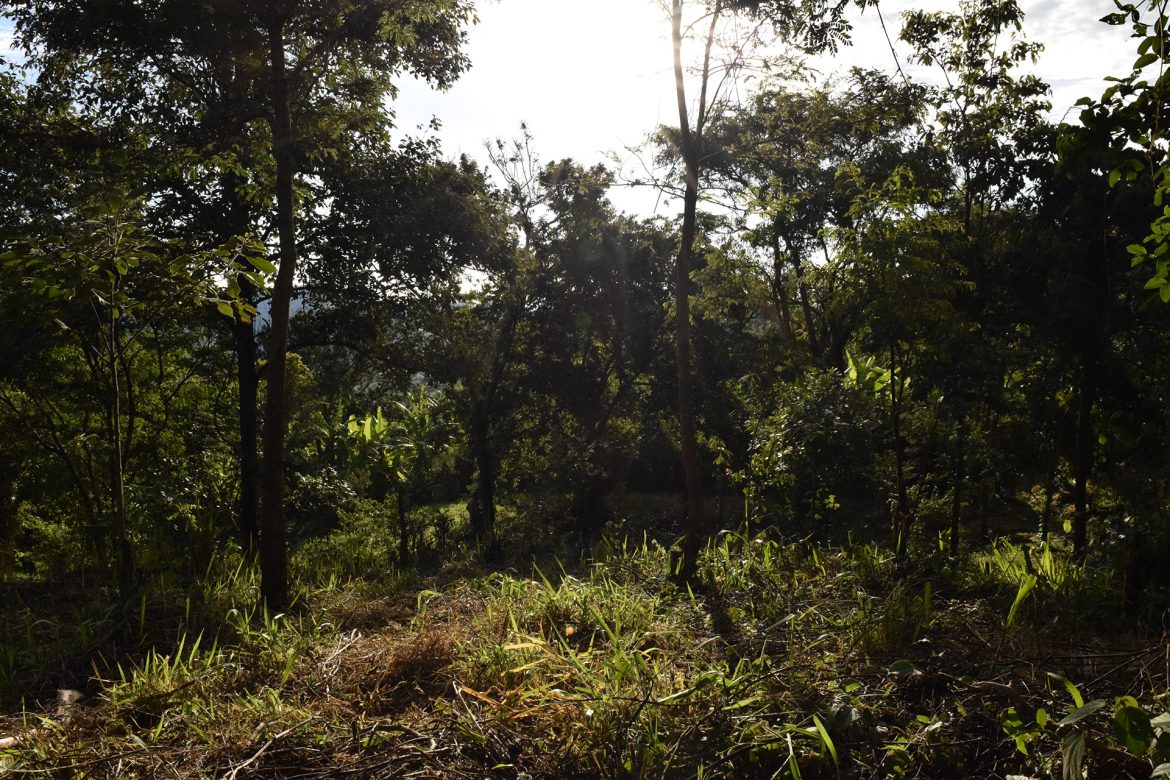
But Bonomini has always been a “mess farming” advocate, she laughs. “It never made sense to me, a bunch of plants of the same species, meticulously occupying a delimited area,” she says.
“One day I had a course with an agronomist that explained that the ‘mess’ systems actually work for a reason,” she adds. “One species complements the other, feeds the other, and together they are better off. In that course he also mentioned that coffee is originally a sub-shrub from forestries in Ethiopia.”
That idea stuck with her.
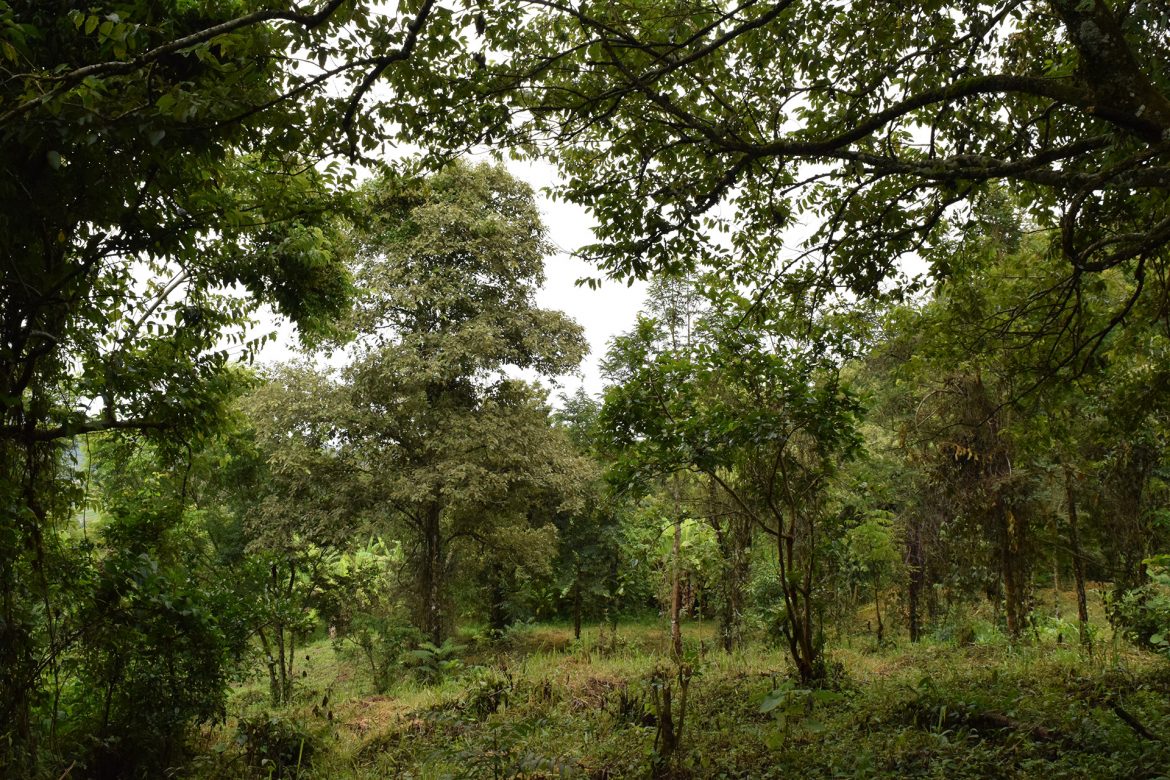
In 2017, Bonomini and Garcia traveled to Brasília to complete a syntropic farming course. It was a shock to them to travel through the giant soybean and corn monoculture fields endemic throughout the Brazilian mid-west.
“We saw no birds, no insects, no nothing,” Bonomini says. “Just people dressed as astronauts applying chemicals to the crops, or small airplanes spraying insecticides. We were shocked.”
When they arrived at their course, and laid eyes on a syntropic coffee farm, it felt like a relief. Here was the sub-shrub, Bonomini thought.
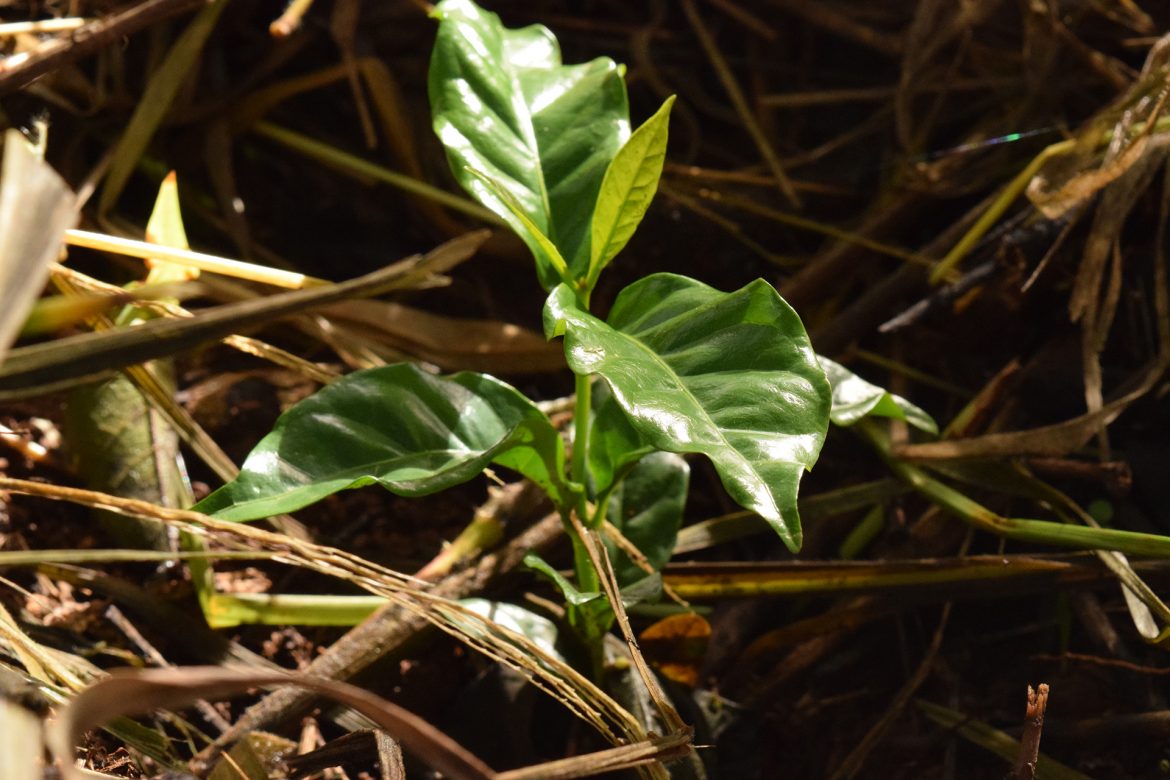
“It had to be syntropic, there was no other way,” Bonomini says. “In music, we have this horizontal and vertical reading concept, which together form the study of a song. Syntropic agriculture is the same. It’s a horizontal reading of the soil—which is done, in a very simplistic way, on conventional farms—plus a vertical reading, where we occupy the vertical spaces, the strata, and thus we have a symphony of high complexity.”
At Iraflor, coffee trees pull in a wide variety of nutrients, sourced from raspberries, manioc, corn, mambaça, numerous flowers, beans, jacarandá, cedar, lemon, palm trees, and guava, among other native plants.
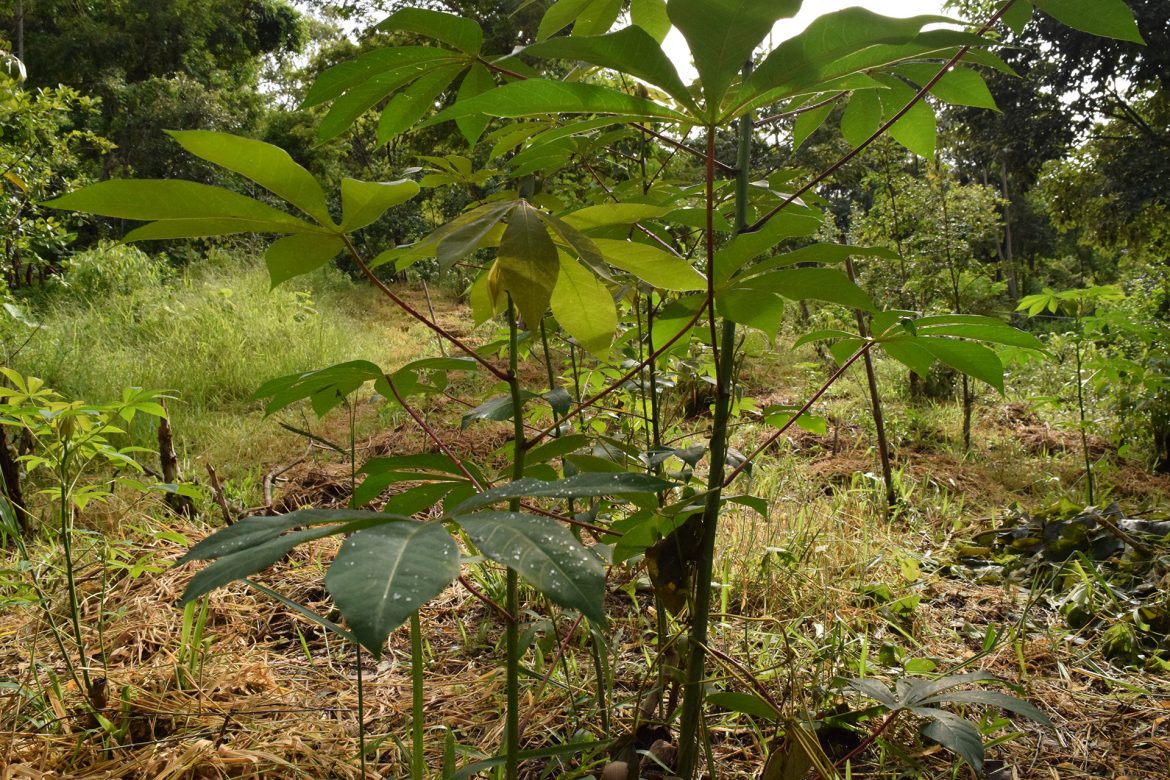
But the farm wasn’t always so replete with diversity or healthy soil. Bonomini’s land, like the Davids’, was sickly after years of monocultural farming—first it was coffee, then pasture, then eucalyptus. On her land, syntropic farming practices have brought the soil back to life.
Although her and João David’s coffee philosophies begin in the soil, it doesn’t end there.
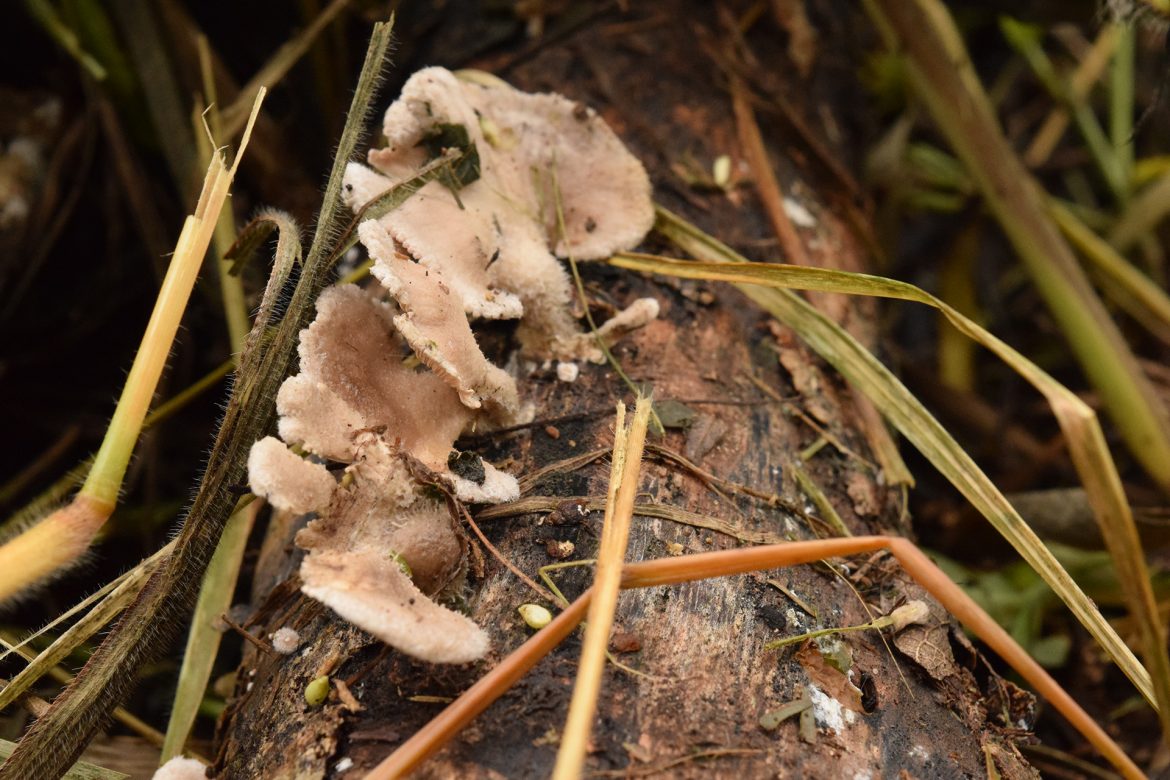
“When talking about organic specialty coffee, attention should not be restricted to cultivation,” João says. “It is a common mistake to see organic or agroforestry producers neglecting the next stages. To revere the fruits of coffee that nature is offering us, we must pay the same amount of attention to the harvest, the post-harvest, the roasting, and the extraction. All these steps are critical to ensuring that the specialty coffee experience is complete.”
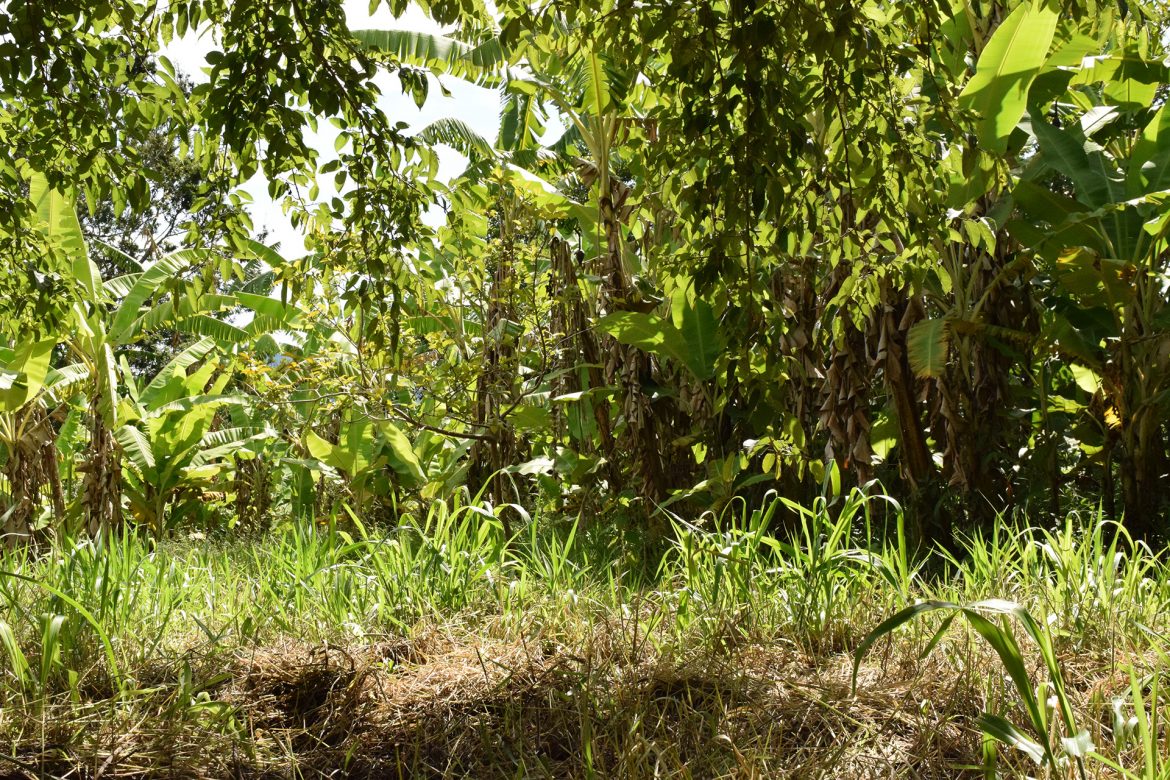
The Davids are already producing outstanding coffee, and their successes and missteps are being constantly recorded to inform future best practices—Bonomini is observing the ongoing experiments on Sítio Travessia as she looks forward to her own farm’s future.
But as both farms experience the positive effects of syntropic farming, the hope is for other farmers in the Mantiqueira region to take notice, and ultimately adopt more sustainable production practices themselves. If and when the wholesale adoption of syntropic farming will take place here is unknowable, but judging by the coffees already produced thereby, the future of the Mantiqueira region is bright.
Juliana Ganan is a Brazilian coffee professional and journalist. Read more Juliana Ganan on Sprudge.
Photos by Fabio Quireli unless otherwise noted.










